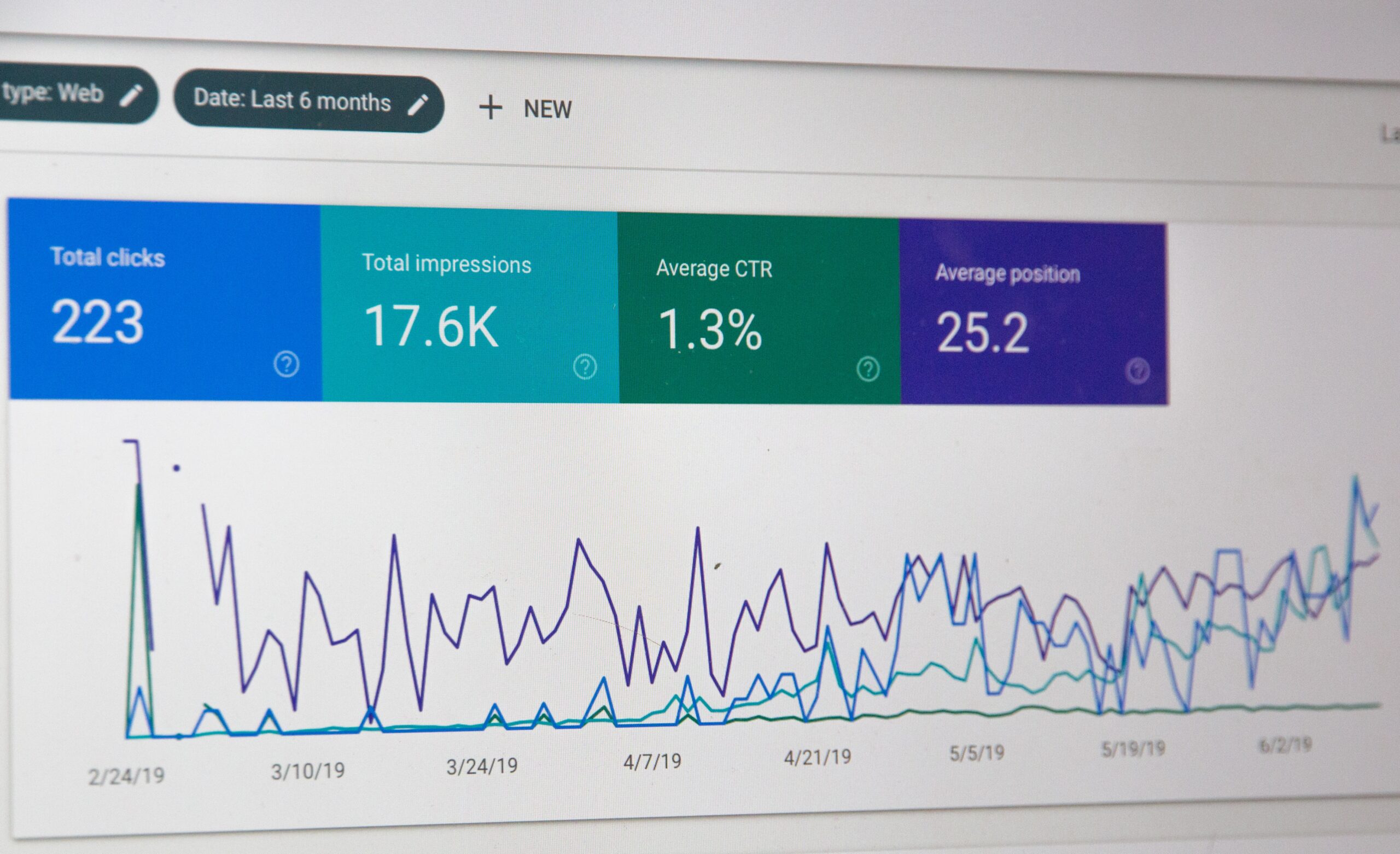Using LSI keywords is probably one of the least talked about SEO strategies but, if you want your pages to rank in the SERPs (search engine results pages), it’s one you can’t afford to ignore. Below, we explore what LSI keywords are, why they’re important, and how to find them.
Ready? Let’s dive in.
What are LSI keywords?
Put simply: LSI keywords are words that are semantically related to the subject or “target keyword” of a page. For example, a post about vegetable gardening might include LSI keywords like “rich soil”, “raised beds”, and “sunshine”. While a post on content marketing might include keywords like “blogging”, “digital marketing”, and “strategy”.
Now you might be wondering – “Why is this important and shouldn’t having a target keyword be enough?”. Well, the fact is you need both. And here’s why.
The importance of LSI keywords
To understand why LSI keywords are important, we first need to explain what LSI means and how it helps search engines understand and sort content on the web.
LSI is an abbreviation of the phrase “Latent Semantic Indexing” which is a concept search engines use to understand the meaning of a page. And how do they do this? By scanning the page and then determining the relationship between the words on it.
Sounds a bit confusing? Well, let’s simplify it.
You’re most likely aware that when search engines like Google crawl a page, they look at your headlines, introduction, etc., to determine the overall subject of your post – or as marketers like to call it, your “target keyword”. Now, what you might not know is that they don’t stop there. The spiders also “read” the content of the page to find any related words that might help them understand and index the page properly. And that’s where LSI keywords come in.
When search engines scan a document and find words that are related to the target keyword or subject, they’re able to better understand the “meaning” behind the content on the page – almost in the same way a human might.
Here’s an example:
Let’s assume we just published a blog post about buying a car. Now, for Google to index that page and eventually display it in the SERPs, it needs to understand what our post is talking about, and what exactly we cover in this post. So, Google sends its spiders to take a look and crawl the page.
First, they see many of the headings include the word “car” which tells them the post is in fact, about “cars”. But now they have to figure out what “cars” mean within the context of this post – Is the post about “Cars, The movie” or actual automobiles? So, they begin to read the page.
And as the spiders scan the page, they notice that words like “insurance”, “registration” and “engine” pop up. And, that there is no mention of a single movie-related word – “box office”, “Disney”, “plot”, etc.
Just by doing that, the search engine can tell that our post is about actual cars and not the movie. And that’s what makes LSI keywords so important.
Every search engine on the face of the earth is trying to do one thing – display results that most closely match what the user is searching for. By including LSI keywords in your page you’re telling the search engine what your page is about and what type of query it should be displayed for.
In fact, we might say you’re also providing added context to convince the search engine that your page is the best and most accurate result for your target keyword. And you know what happens when the search engine believes your page will best satisfy the users’ query? Your chances of ranking in the SERPs and getting found by your target audience go straight up!
So, how do you find these LSI keywords? Simple. Get started by using one of the five ways we mention below.
How to find LSI keywords
1. Take words from the related searches in Google
At the bottom of every search result page, Google suggests a couple of related searches it believes the user might also be interested in.
For instance, if we run a Google search for the term “vegetable gardening”, here’s what’s recommended in the related searches section:

To find LSI keywords using this method, all you have to do is type your target keyword into Google and then scroll past the results to the bottom of the page.
Then, once you get to the related searches section, you’ll find some words that have been highlighted and voila, those are your LSI keywords!
2. Use Google’s autocomplete feature
You know how when you type a phrase or word into the Google search box, you see a drop-down menu with different words at the end of your search phrase?
Well, that’s an LSI goldmine!
And why do we say that?
Just like with related searches, the words the algorithm suggests to you are terms that searchers typically associate with that keyword.
For instance, using the same example of “vegetable gardening”, when we type this term into the search box, Google suggests the following:

What this means is that searchers typically look for information about vegetable gardening using one of these search patterns and as a result, Google has come to associate these words with the search term “vegetable gardening”.
So, if we were to write a post on this topic, including one or all of these terms would help Google understand our post better.
3. Use an LSI keyword tool
There are two really popular tools that you can use to find LSI keywords – LSI graph and LSI keywords.
And what’s even better? Both are free and incredibly simple to use.
Here’s how the LSI graph works.
On the homepage of the website there’s a search box where you can enter your target keyword and click “generate”.
After a few seconds, a new page will open with a ton of potential LSI keywords you can include in your post.
And that’s it!
Here’s what it looks like when we enter the term “vegetable gardening”:

Now, the second tool, LSI keywords, is pretty similar.
The way this tool works is by scraping Google’s related and PASF (People Also Ask For) results for potential LSI keywords which makes it a great way to kill two birds with one stone!
To use it, simply head over to the LSI keyword section of the website then enter your target keyword into the search box on the homepage.
Here’s what this looks like when we enter the term “vegetable gardening”:

4. Find keyword ideas using SEO tools like Ubersuggest
Finding LSI keywords using a tool like Ubersuggest is easy because unlike most SEO tools you can get started without creating an account.
Here’s how.
Head over to the website and enter your target keyword into the search box on the homepage. Then, after a few seconds, you’ll get a list of keyword suggestions.
Here’s what it looks like for our sample keyword “vegetable gardening”:

Now, all you need to do is pick out words from the suggestions on the list!
5. Find LSI keywords using the Moz Keyword Explorer
Moz Keyword Explorer works more like a typical SEO tool in that you have to create an account to get your suggestions. But, the process only takes a couple of seconds and once you do so you also get access to a ton of other SEO tools.
If you decide to give it a go, here’s how to use it to find LSI keywords.
First, go to the website and enter your target keyword into the search box on the homepage. Then, you’ll be prompted to create a free account.

Once you create your account you’ll have to activate it using a link sent to your email address. And once you click on this link you’ll be redirected to a page with your keyword suggestions.

Next, click on the option to “see all suggestions” which should open up a table of over 100 keywords.
And that’s it – 5 simple ways to find hundreds of LSI keywords!
Getting found in search engines is crucial to the success of your business and using LSI keywords is just one cog in a massive engine
So, if you’d like help creating and executing a comprehensive content marketing strategy we’d love to have a chat.
Here at Scribly, our team of experienced content strategists and writers are dedicated to helping you create content that’s not just optimized to rank in search engines but also drives massive results for your business.
Ready to get started? Then get in touch today.




